Reclaiming a hillside
shebeest
13 years ago
Related Stories

CONTEMPORARY HOMESHouzz Tour: Family Builds Its Dream Home on a Wooded Hillside
Light-filled spaces and modern furnishings suit an active family in a California foothill community
Full Story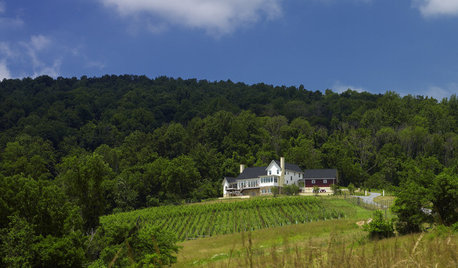
HOUZZ TOURSHouzz Tour: Retirees Follow Vineyard Dreams With a Hillside Farmhouse
Being closer to family and growing grapes for wine drove this 5-bedroom new build in the Virginia countryside
Full Story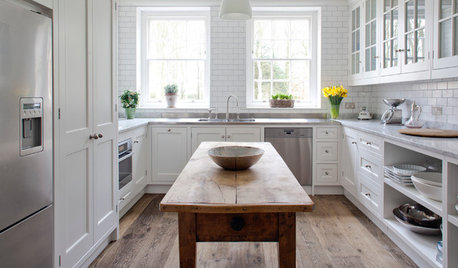
DECORATING GUIDESBring in Warmth and Character With Reclaimed Wood
Got a hankering for that natural touch? Go rough or refined with these ideas for using salvaged wood indoors and out
Full Story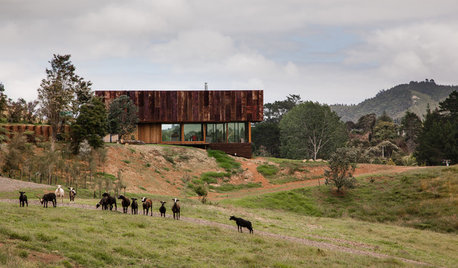
HOMES AROUND THE WORLDHouzz Tour: A Home Made to Look ‘Smashed, Bashed and Broken’
In a beautiful, secluded New Zealand valley, a vacation house buit from reclaimed materials pays homage to traditional agrarian structures
Full Story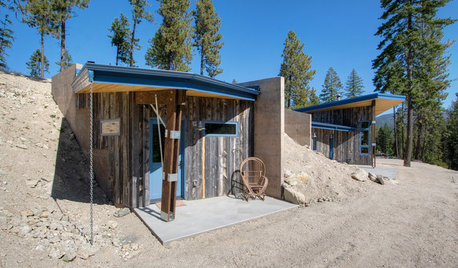
HOUZZ TOURSHouzz Tour: Having Fun With a Half-Buried House
Layers of dirt help create energy efficiency and an unusual look on a steep slope in Washington state
Full Story
HOUZZ TOURSHouzz Tour: Excavated Waterfront Home in New York
With local building codes limiting its size, a home on the water in Long Island digs deep to discover its beauty
Full Story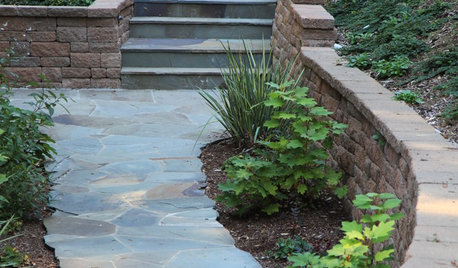
GARDENING AND LANDSCAPINGSteeply Beautiful Slope Retention
Don't let things slide or give in to sandbags and cement. These slope retention ideas will keep your landscape hitting the high notes
Full Story
LOFTSHouzz TV: Love and Loft Life in Downtown L.A.
Skyscraper views, exposed brick and the buzz of city life create a rich environment for a creative couple and their French bulldog, Oliver
Full Story
WOODKnotty and Nice: Highly Textured Wood Has a Modern Revival
Whether it's cedar, fir or pine, if a wood has a knot, it's hot
Full StorySponsored



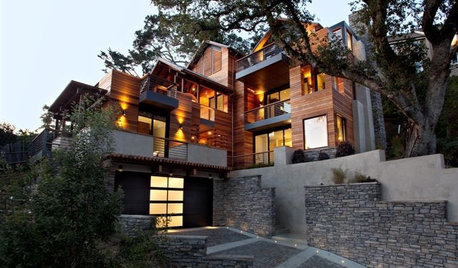
shebeestOriginal Author
soonergrandmom
Related Discussions
How to get rid of yellow jackets
Q
Citrus in Clay, on a Steep Slope?
Q
Plant Swap
Q
Ground Cover Ideas
Q
Okiedawn OK Zone 7
Lisa_H OK
shebeestOriginal Author
Okiedawn OK Zone 7
shebeestOriginal Author
shebeestOriginal Author
Okiedawn OK Zone 7
shebeestOriginal Author
Okiedawn OK Zone 7
shebeestOriginal Author
Okiedawn OK Zone 7
Lisa_H OK
shebeestOriginal Author
shebeestOriginal Author
mulberryknob